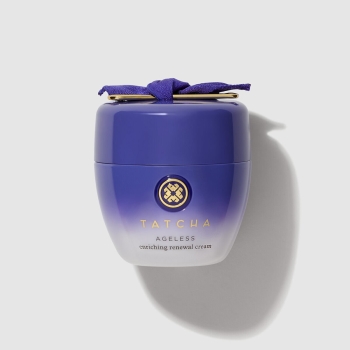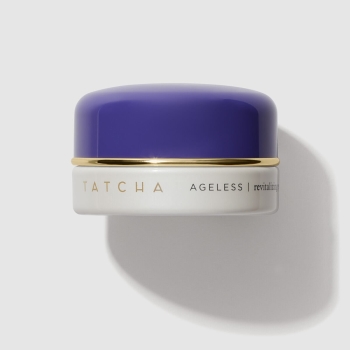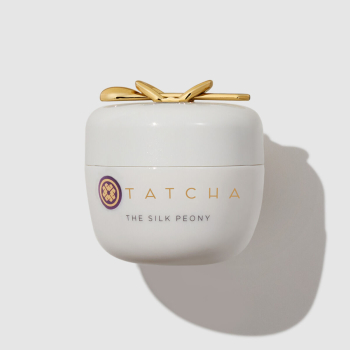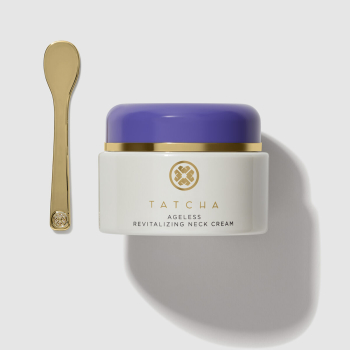Peony
How does peony benefit your skin?

Benefits
Calming, De-puffing, Dryness, Fine Lines/Wrinkles
About
Peony, and the valuable paeoniflorin, can be found in Tatcha’s Ageless line, which helps support healthy aging. The botanical is proudly featured in (and also inspired the name of) The Silk Peony eye cream, which harnesses the moisture-locking properties of peony to provide deep hydration for the delicate eye area. For a richer, more velvety eye cream, try the Ageless Revitalizing Eye Cream, a luxuriously thick formula that intensely nourishes and reduces the appearance of fine lines and wrinkles (thanks, in part, to peony). You can also find the beautiful bloom in the Ageless Enriching Renewal Cream, which employs peony to intensely hydrate and revitalize dry skin.
“ Peony skincare benefits skin in many ways and has been proven to have protective effects on UV-damage cells, helping to minimize free radical damage, thus minimizing the potential development of dark spots.
Science
Peony’s valuable paeoniflorin has been scientifically studied to verify what makes the antioxidant so advantageous for skin. Peony skincare benefits skin in many ways and has been proven to have protective effects on UV-damage cells, helping to minimize free radical damage, thus minimizing the potential development of dark spots. The peony root extract (which is where paeoniflorin is found) has also been shown to calm skin and reduce the appearance of wrinkles.
History
Peony has been used medicinally for centuries to boost microcirculation, treat inflammation, stop bleeding, and relieve pain. The flower was recorded as an essential extract in the Materia Medica during the Han Dynasty and is listed in over 30 formulations in the Shang Han Lun, a classic text of early Chinese medicine.
Provenance
Native to Asia and Europe, peonies were brought to Japan by Buddhist monks in the 8th century, primarily for their healing powers. The peony was hailed as a cure-all in Eastern medicine, and the roots and seeds were used as an herbal remedy to treat a plethora of ailments, from fevers to migraines. You’re likely to see the beautiful paeonia albiflora, also known as the Chinese Peony, in many skincare formulas. This flower, which is native to northern China, blossoms in late spring and is specifically prized for its medicinal and skin-benefiting properties.
Did You Know?
The name peony is said to be derived from the Greek mythological healer Paean (also can be written as Paieon and Paeon), who was the physician to the gods. In Homer’s Odyssey, Paean is referenced as someone who “knows the remedies for all things” and was a student of Asclepius, the god of medicine and healing. It’s said that Paean angered his teacher after he extracted the potent paeoniflorin from the flower’s roots to cure the god Pluto. Asclepius threatened to kill Paean out of jealousy but Zeus saved him by turning him into a beautiful flower, the peony.




